In the current times where technology has taken over everything and left no area influenced by its advancements and everything possible just by the touch of a button there are still people residing in these islands who rub wood to light a fire or sharpen the stones and branches to catch a hunt. Yes they still exist and not just few but the Andaman and Nicobar Islands are home to probably the most primitive tribes of the world. Tag along as i talk to you about the Untouched and Unexplored Tribes of these Islands.
The Andamanese and Nicobarese can be split into two broad tribal groups mainly based on their place of origin. The Andaman Islands are home to four ‘Negrito’ tribes where as – the Great Andamanese, Onge, Jarawa and Sentinelese. Where as the Nicobar Islands are home to two ‘Mongoloid’ tribes – the Shompen and Nicobarese.
The ‘Negrito’ tribes are believed to have arrived in the islands from Africa up to 60,000 years ago.The ‘Mongoloid’ tribes probably came to the islands from the Malay-Burma coast several thousand years ago.These primitive tribes have been living in isolation with each other; that is the reason why language of one tribe is not understood by another.
Great Andamanese :
Great Andamanese inhabit the ‘Strait Island’ located 53 nautical miles from Port Blair towards the east. The Great Andamanese are a Negrito tribe. The Great Andamanese tribe was killed in large numbers by the British during their occupation of the Andaman Islands, There population at that time was estimated to be above 6000. One such event known as the ‘Battle of Aberdeen’ killed thousands of Great Andamanese in a single day. Due to their decreasing population the Andaman and Nicobar Administration decided to colonize the tribes on isolated Strait island.

Their population has grown to a number of 43 at present from a lowest known low of 10 in past. Since Andaman group of Island is very accessible, the culture of Great Andamanese is greatly affected by outside modern world. The popularity of Hindi movies and film-stars is one such example of outside influence. In spite of the all influences they still have retained much of their traditional cultures and customs. They are superstitious, for instance they believe that by chopping palm leaves into the sea water they are able to keep the sea storms away.
The Great Andamanese are good artisans and they are comfortable with both traditional and modern tools. They prepare their own ornaments, baskets, tools and Earthen pots. The ornaments they wear is made up of leaves, barks, and shells which is worn during traditional functions and dances. They have their own system and practice of medicine for instance for chronic back aches they pierce their body with a small piece of glass in a belief that it will drain off the bad blood from the person and thus relieve him/her from the pain. Before the advent of glass pointed stones were used for the purpose of piercing.
The new generation is sent to school and few of the local youth have been absorbed into Govt. jobs in the Island itself.

1901 Census figures indicate a total of 625 Great Andamanese with the largest number, 218 from the Jero tribe. In 1921 these figures came down.In 1949 the Forest Department tried to bring them together and settle them at the Bluff island, but because of their nomadic nature and different habits, these Great Andamanese tribes did not stay together for long. In 1969 the A & N Administration offered to help them if they stayed in Strait island. By this time the total number was just 23.
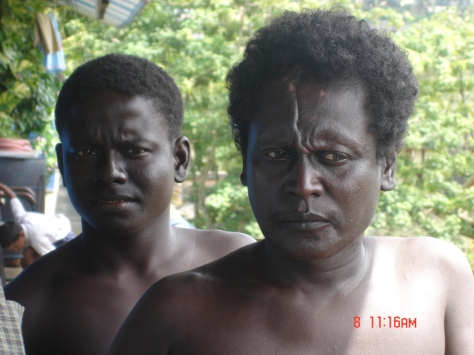
Very soon they all spoke one language which is Jero, with some words from the languages of the other tribes completely assimilated in Jero language. Since then their numbers have increased from 26 (1961 census), 23 (1971), 42 (21 males and 21 females) in the year 1981. The 1991 census shows their population as 47 and in 2001 census the figure is 43 (24 males and 19 females). Post Tsunami, all 43 have been reported safe. The numbers have mostly increased as a result of mixed marriages, since these people are free to mix with the people of the mainland, and have adapted to their way of life, speak Port Blair Hindi, dress like them, eat their kind of food, some of them have contractual jobs with the A&N administration, and it is not surprising at all that the younger generation does not know more than a few words of their language. Some of them do not know any Jero at all since most often they also communicate with each other in Local Andaman Hindi. The younger people like to spend maximum time in Port Blair at “Adi Basera” which is the base camp for the tribal provided by the Andaman & Nicobar administration.
Jarawa
Jarawa tribes were once the most feared tribals among all the aborigines of these Island group till 1995-96. Jarawa’s are ‘Negriod‘ tribes – They are short heighted and dark in colour. The term “Jarawa” is coined by the Great Andamanese people which means “The other People” because Jarawa’s never had friendly relationship with the Great Andamanese.
Jarawa’s live in “protected areas” in Middle Andaman, South Andaman and Interview Island.
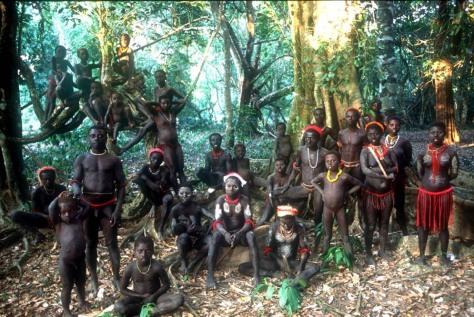
The Jarawas are excellent craftsmen as evidenced by the skill of making various metal tools and arrows. They are fond of red clothes though majority of them are found nude. As for food they are non-vegetarians and they mostly eat pork. It is known that the Jarawas do not kill deers for food.
They were very hostile in past and were known to attack with poisonous arrows. Every year during 1980’s there were numerous reports of villagers and workers been killed by Jarawa arrows. Various human expeditions by contact teams consisting of officials of Tribal welfare and anthropological society were undertaken in past near the interview island, where the team left eatables, red cloth, coconuts and plastic goods as gifts for the Jarawas.

The Jarawa is no longer hostile since 1996 after a injured Jarawa boy named Enmei was treated at G B Pant Hospital at Port Blair. After the incident they have developed the understanding that the other fair skinned humans are not their enemies. With friendly contacts it was learnt that lots of negative details painted about them in past were untrue – few of them being : they eat human flesh, their sweat and saliva is poisonous etc.
As per government policies the entry into their area is forbidden. This is done to avoid their exposure to the outside world to and save them from the diseases from which they don’t have natural immunity and other exploitation that may happen over time. Isolation will also help to retain their ancient culture.
The Andaman Trunk road passing though the South Andaman, Baratang and Middle Andaman runs deep within the Jarawa protected area. Daily hundreds of vehicles pass through the road thereby providing opportunities for both Jarawas and outsiders to interact with each other.
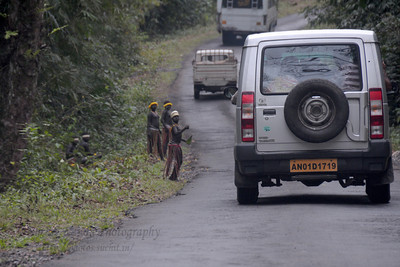
Initially the travelers gave biscuits, fruits and other eatables to the Jarawa’s and in return Jarawas allowed them to be photographed. Since 2002 when the Baratang Island limestone caves and the Mud volcano were opened for tourists, many tour operators started a practice of selling ‘Jarawa Sighting’ tour packages. Photography inside the Jarawa reserve area or contact with Jarawa is forbidden by law. Andaman and Nicobar police has now set up strict rules and monitoring process while travelling through the Jarawa reserve forest.
Onges:
The Onge’s are a Negrito tribe residing in Little Andaman. According to 1971 census they were 117 in number which have shown little variation till then. They live at 2 different colonies : ‘ South Bay ‘ and ‘ DugongCreek ‘ in Little Andaman. South Bay is accessible via land route passing through Harminder Bay which is only a few kilometers away from Hutbay (Hutbay is the main market place of Little Andaman). Official permission is required to enter the Onge reserved area. The best vehicle to reach South Bay is a Tractor as there is no defined roadway and route passing through creek.
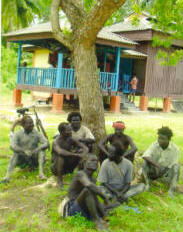
Dugong creek is an isolated settlement accessible by sea route. Dugong Creek settlement suffered severe damages in the 2004 Tsunami, although no lives were lost.
While the Onge men go out to the forest for hunting , the women will stay back at home and search the local area for roots and tubers under the soil. They have little interest in cultivation as agriculture was unknown to them before contact with modern world. Few years ago they never boiled their food because the concept of cooking was unknown to them. They use bows and arrows to catch fish along the shallow sea coasts. The fishing line and fishing net is still not popular among them. The local delicacy is honey : The Onges rub some special herbs to avoid the bee stings while they collect the honey from the hives. Hair dressing is done with the help of sea shells as razors and they paint their face / body with white clay.
The Onge children now go to school and they speak Hindi. The Department of agriculture has helped them to raise local crops and huge coconuts plantations.
Shompen :
Shompen reside in the interiors of Great Nicobar Island (Southern-most piece of land belonging to India). The total population of Shompens is estimated to be 214 whereas during 1901 Census the population recorded was 348. They are of medium height with Mongoloid features. They were believed to be hostile earlier but in recent decades they have not shown any hostility and now have established trade relations with Nicobarese. The main activities of Shompens are hunting, food-gathering (They collect wild yams, roots, fruit, honey and insect larvae) and fishing. They love to hunt pig with their spears and they take help of pet dogs while hunting. They are nomads and wander from place to place within the jungles. They live in self-made huts. They are shy in nature and avoid to interact with others.
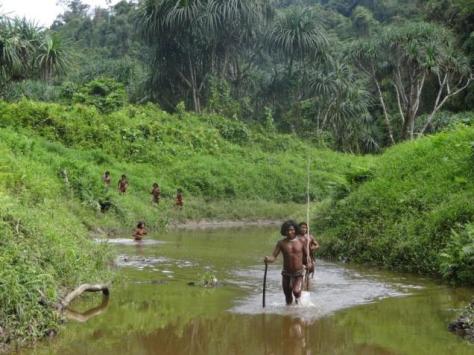
The Shompen are the original inhabitants of the Great Nicobar but later on they were pushed to the interior part of the islands while some theory is the Shompens are an isolated group of primitive Malayans’. The existence of this tribe was first reported by Pastor Rosen, a Danish missionary in 1831 but Admiral Steen Bille was the first person to pay a visit in this area.
The Shompen settlements are generally irregular in shape, and they prefer to build these either on the slopes of the hill or at the bottom of a valley The village is normally situated near some water source.
Shompen males often visit Campbell Bay to barter various products they collect, especially wild honey. Sometimes, they go there to collect ration (they are not dependent on ration) which they bring to their village. Administration provides them free food, utensils, drinking water and medical facilities. A school is present near their area to impart formal as well as non-formal education. Below is a short video by Charles Sagigi
Sentinelese
The Sentinelese are ‘Negroid‘ tribe and they inhabit the small North Sentinel Island (North Sentinel – Area: ~60 sq. km.) The sentinel islanders i.e. the Sentinelese because of the geographical separation from other islands have maintained strict isolation from rest of the world. In fact they are currently the only known Primitive people known in the world to live in complete isolation.
They are very hostile to outsiders and do not allow anybody to enter the North Sentinel Island and therefore not much is known about them. The attack with their self made bows and spears, which they otherwise use for fishing and hunting the wild pigs. Their population is an estimated value of about 100 based on the photographs and assessment of the contact teams sent periodically by Andaman and Nicobar administration. The contact teams usually consists of Officials from Directorate of Tribal welfare and anthropological scientists.
In 2006, 2 fishermen who were fishing illegally near the island were were shot by Sentinelese archers. The helicopters which was sent to retrieve the bodies was also greeted by arrows. After the tsunami the government again tried to help them by sending a few employees to the island with gifts but again, the same response followed.
Presently the policy of the Indian government is to leave the Sentinelese alone. Any access to North Sentinel island is strictly forbidden.The Sentinelese people are said to be so hostile that their home has been named the ‘hardest place to visit’ in the world.
The Video below is a documentation of an attempt to contact the Sentinelese (courtesy Dale Andrews)
Nicobarese :
The Nicobarese have Mongloid features and they are a large population of over 27,000 (2001 census). They are horticulturist and pig-herders inhabiting large permanent villages mostly close to sea shore. They are not divisible into tribes, but there are territorial distinctions. Thus they may be fairly divided into six groups : the people of Car Nicobar, Chowra, Teressa with Bompoka, the Central Group, the Southern Group and the single inland tribe of the Shompen on Great Nicobar (mentioned above)

The differences to be observed is language, customs, manners and physiognomy of the several groups may, with some confidence, be referred to habitat and the physical difficulties of communication. Nicobari Families are patriarchal and as a rule live jointly. This joint family is known as Tuhet. There is no individual ownership, but the Tuhet owns land, coconut and pigs. Love marriage is very common and the age of marriage is sufficiently high.  The chief article of food is the coconut, next in importance been Pandanus pulp , fish and rice.
The chief article of food is the coconut, next in importance been Pandanus pulp , fish and rice.

They are civilized and live regular lives like us. They go to school and even work in various government jobs in the islands. They also have reserved seats for engineering and medicine courses if they wish to pursue. They are very friendly people and have personal experience knowing them. My mother was posted to the Car Nicobar island where she used to teach the Nicobari kids in school back in 1998-1999.
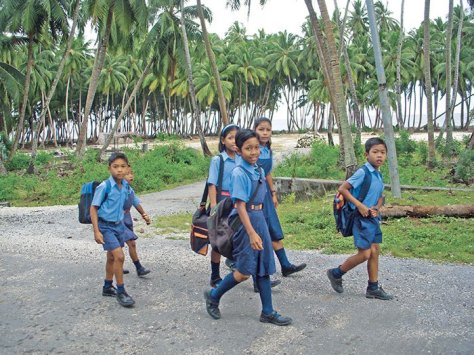
I am proud to share with you two stories of two individuals from the Nicobarese tribe who have made the islands and India proud – World No 4 cyclist Deorah Herold
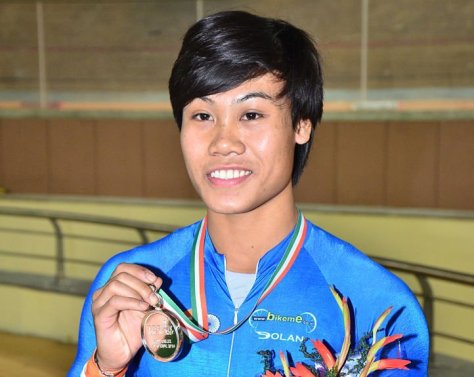
and Vaseem Iqbal the first tribal person to complete a PhD.
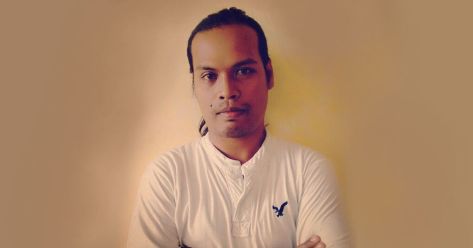
PLEASE DO READ THEIR STORIES, it’s not another story that you would read regularly. Also do share their inspirational stories to the world who still think Andaman is a very backward place. 😛
Government’s Strategy to protect the tribes: To prevent the primitive tribes from the exploitation by the outsiders the area inhabited by the primitive tribes has been declared as tribal reserve area. Entry into the reserve area without permission is liable for punishment with imprisonment and fine. Andaman Adim Janjati Vikas Samiti (AAJVS) , an autonomous body set up in 1976 looks after the welfare of these primitive tribes.
A research institute ANTRI (Andaman and Nicobar Tribal Research and Training Institute) started functioning at Port Blair (Oct-2013) with an objective of formulation of policies for the tribal integration with the developed society and protection and welfare of PVTG (Particularly Vulnerable Tribal Groups) like Jarawas, Onges, Sentinalese and Shompens.
Growing up in the islands i have had the chance to only see the Nicobarese who are one among us now, the Onges and a Jarawa family who were brought to the main city hospital for some treatment and i happen to be there that time.
The Andaman and Nicobar islands strike the right balance between two extremes of civilization. On one hand the islands are one of the famous tourist destination in the world and on the other it is abode to the most primitive tribes of the world.
In India there are many other tribal settlements but am sure they are not as close to nature like the ones in the islands.Does your state or country have tribal settlement? Comment below and let me know. Happy Blogging!!!Live.Love.Laugh ❤ ❤ ❤
Happy Blogging!!!Live.Love.Laugh ❤ ❤ ❤
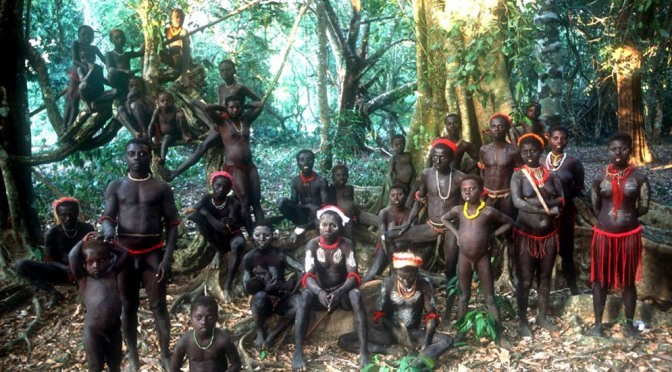

Hurry for friendly, responsible contact. Great post!
LikeLiked by 1 person
thank you
LikeLike
‘Hurry’? ~heh~ I meant ‘hurray’.
LikeLiked by 1 person
hehehehe 🙂 thats okay
LikeLike
Interesting stories. I’m always interested in the lives of others, especially when their culture is so different than my own.
Thanks for profiling these tribes!
LikeLiked by 1 person
Thanks Cheryl 🙂 Do you know any other tribes? I am not aware of any other tribe which is this close to nature and non civilization
LikeLike
Wonderful profiles. I didn’t know there were this many unexplored tribes. I don’t hear much about the modern Margaret Meades of the world, living and studying these tribes. I enjoyed your post.
LikeLiked by 1 person
Yipeeee am glad you liked it.!!! Well actually people are so unaware of the culture and people of their own place these days…am glad this could bring some knowledge to others and might help people spread this awareness.
LikeLike